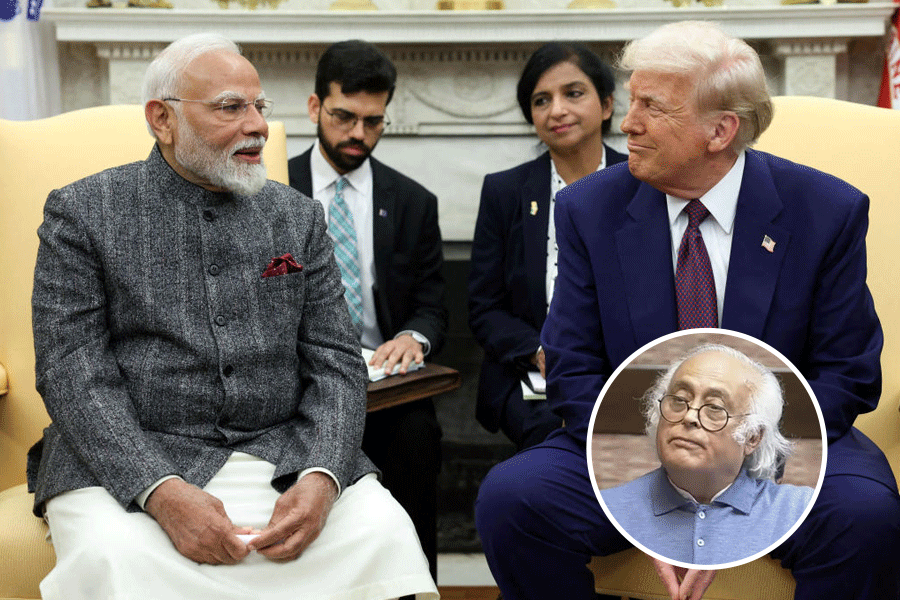Heart disease is a leading cause of death and disability. Old hearts are physiologically different. “The heart gets stiffer as we age,” said Dr John Dodson, director of the geriatric cardiology programme at NYU Langone Health, US. “It doesn’t fill with blood as easily. The muscles don’t relax as well.”
Age also changes the blood vessels, which can grow rigid and cause hypertension, and the nerve fibres that send electrical impulses to the heart. It affects other organs and systems that play a role in cardiovascular health, too. “After age 75 years is when things accelerate,” Dr Dodson said.
But in recent years, dramatic improvements in treatments for many kinds of cardiovascular conditions have helped reduce heart attacks and cardiac deaths.
“Cardiology has been blessed with a lot of progress in research and drug development,” said Dr Karen Alexander, who teaches geriatric cardiology at Duke University, US. “The medications are better than ever, and we know how to use them better.”
That can complicate decision-making for heart patients in their 70s and beyond, however. Certain procedures or regimens may not markedly extend the lives of older patients or improve the quality of their remaining years, especially if they have already suffered heart attacks and are contending with other illnesses as well.
“We don’t need to open an artery just because there’s one to be opened,” said Dr Alexander, referring to inserting a stent. “We need to think of the whole person.”
Here’s some of what researchers are learning about old hearts:
A shock to the heart
An implantable cardioverter defibrillator, or ICD, is a small battery-powered device that is placed under the skin and delivers a shock in the case of sudden cardiac arrest. “It’s easy to sell these things to patients,” said Dr Daniel Matlock, a geriatrician and researcher at the University of Colorado, US. “You say, ‘This can prevent sudden cardiac death.’ The patient says, ‘That sounds great’.”
In 2003, Medicare expanded coverage of ICDs in patients with heart failure, even those without high-risk arrhythmias, and “it just took off”, Dr Matlock said.
From 2015 through September, surgeons implanted 5,85,000 such devices in patients’ chests, according to the American College of Cardiology’s registry. That’s probably an undercount, as not all hospitals participate in the registry.
But in 2017, among patients with non- ischemic heart failure (meaning that the heart isn’t pumping effectively, but there is no blocked artery), another influential study showed that ICDs did not reduce mortality for patients older than 70.
The device only prevented sudden cardiac deaths, the authors noted — and such deaths tend to occur more frequently in younger patients.
Invasive procedures
Medications alone already appear to be at least as effective in treating older people who have suffered the kind of heart attacks that are not caused by a suddenly and completely blocked artery. (Technically, these are referred to as NSTEMI, for non-ST-segment elevation myocardial infarction.)
Half of these occur in people older than 70, said Dr Vijay Kunadian, a professor of interventional cardiology at Newcastle University in England and the lead author of a recent study in The New England Journal of Medicine.
“Older people often are underrepresented in research,” Dr Kunadian said. “There are a lot of preconceived biases.” So, her team recruited an older-than-typical sample (average age 82) in which to compare the benefits of conservative and invasive treatment.
Half of the 1,500 patients in the study began a regimen of cardiac medications that included blood thinners, statins, beta blockers and ACE inhibitors. The other half had more invasive treatment, starting with an angiogram (an X-ray of the blood vessels). Then, roughly half of that group received a stent or, in much smaller numbers, underwent bypass surgery. These patients were also prescribed the same kinds of medications as the patients who were treated with drugs alone.
Over four years, the team found no difference in the patients’ risk of cardiovascular death or a nonfatal heart attack. Although surgical risks generally tend to rise with age, complications were low in both groups.
Cardiac rehabilitation
One intervention known to benefit patients with heart disease is cardiac rehabilitation: a programme of regular, supervised exercise that significantly reduces heart attacks, hospitalisation and cardiovascular deaths.
But cardiac rehabilitation remains perennially underused. Only about one-fourth of eligible patients participate, Dr Dodson said, and among older adults, who could benefit even more, the proportion is lower still.
The in-person NYU Langone cardiac rehabilitation programme involves three exercise sessions a week for three months, with nutritional and psychological counselling. Since enrolment among seniors had been disappointing, researchers tried replicating it with a remote programme.
They offered it to patients (average age 71) with ischaemic heart disease (caused by narrowed arteries, which impede blood and oxygen flow to the heart) who had suffered a heart attack or undergone a stent procedure. Each received a tablet computer and broadband access so that they could undertake a rehab programme at home. An exercise therapist checked in by phone weekly.
At-home participation fell off over time, however. After three months, those assigned to remote rehab showed no greater functional capacity than a similar group who followed the usual care.
“We need to figure out the delivery system that’s most effective,” Dr Dodson said. “What’s most motivating for older patients?” He’ll be trying again.
NYTNS












